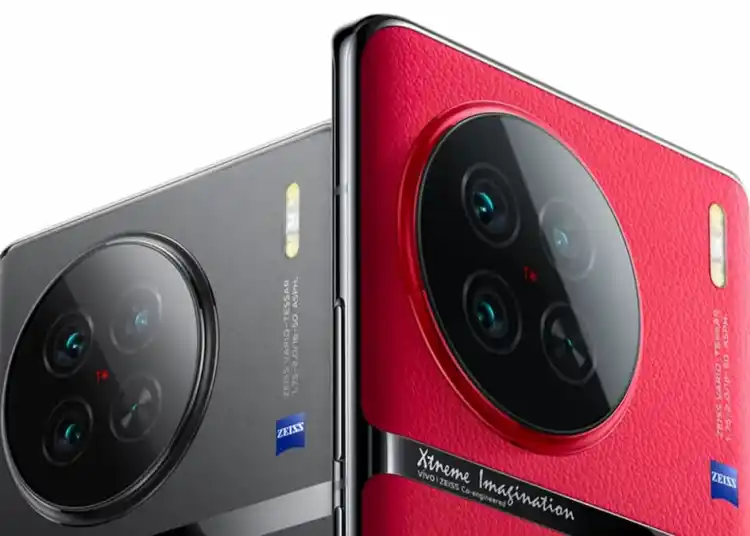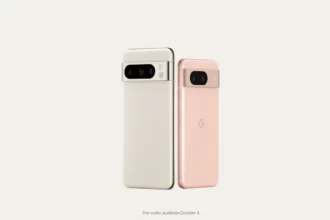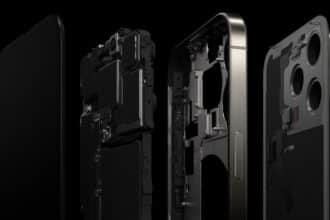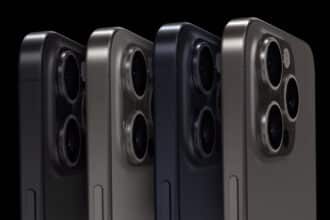Even if the year is drawing to a close and we theoretically should be getting ready for the arrival of all the large phones in early 2023. Vivo, however, is not waiting around, as evidenced by the announcement of the Vivo X90 series, a trio of smartphones with cutting-edge hardware, superb cameras, and stylish builds.
In the Vivo X90 standard version, the device’s front display is a 6.78-inch BOE Q9 super retina eye protection screen made of OLED material. It also supports 2160Hz PWM high-frequency dimming, has GSG eye protection certification, HDR10+, peak brightness of 1300nits, and pixel density of 452ppi. Visual comfort is up to VICO standards. As long as the user uses the screen continuously, the brightness will adjust without the user seeing it, keeping the ciliary muscle active and reducing visual fatigue.
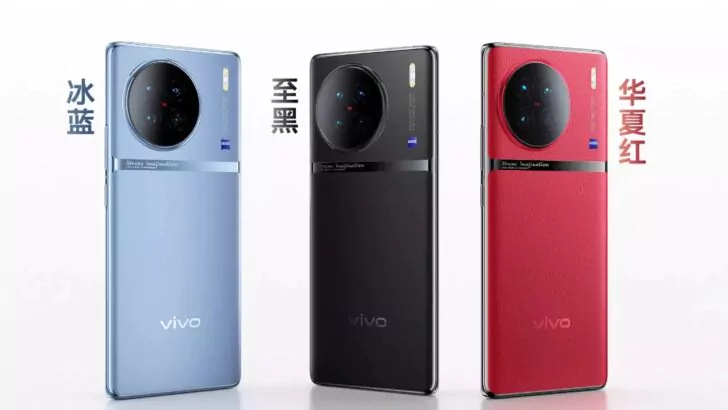
Camera
The new “big eye” integrated lens design for the back lens, which unifies all of the cameras into one “big eye” and intensifies the sensation of integration via “blackening” design, is inspired by the rising sun, the cityscape, and the earth at first light in the morning. The following are the Vivo X90 camera’s specifications:
- 50MP Primary camera VCS IMX866, OIS optical stabilization, 1/1.49 inch, f/1.75 aperture, 1.0μm pixel size
- 12MP Ultra-wide-angle lens, IMX663 AF, 1/2.93″, f/2.00 aperture, pixel size 1.22μm
- 12MP professional portrait lens, IMX663 2X AF, 1/2.93″, f/1.98 aperture, pixel size 1.22μm
- dTOF laser focus
A 32MP selfie lens with an f/2.45 aperture is located up front. Additionally, the camera has Vivo’s brand-new V2 chip, which was developed independently. The Vivo X90 series can produce better details and more realistic colours thanks to its innovative self-researched MEMC, AI NR, HDR Tone Mapping, and other algorithms, which can considerably enhance real-time AI noise reduction and HDR fusion impact of the original picture information.
In addition to addressing the issue of hazy backlight photographs, the new “Zeiss Flare Portrait” style resembles the iconic Zeiss movie lens, enhancing the halo, and supports Zeiss Natural Color 2.0 and Vivo Vivid Color.
Vivo’s X90 lineup is to be Powered by the Dimensity 9200 Making it the First One to Employ the SoC
The CPU is the first MediaTek Dimensity 9200 in the world, and it has an ARM Cortex-X3 mega-core, single-core performance improvements of over 10%, UFS 3.1/UFS 4.0 RAM and ROM standards, an MCQ eight-core eight-channel, and LPDDR5 four-channel memory.
The body colour options are Red, Black, and Blue; Red is made of plain leather; the battery capacity is equivalent to 4810mAh; it supports 120W dual-core flash charging; and it weighs 200g. The body measurements of the various materials are 164.10 × 74.44 × 8.48mm (Black/Blue); and 164.10 × 74.44 × 8.88mm (Red). The machine also has an X-axis linear motor, full-scene NFC, stereo twin speakers, IP64 level waterproof and dustproof setup, and OriginOS 3 is pre-installed at the manufacturer.
Pricing
Let’s now discuss the cost and accessibility of the phone series. The entry-level version will cost you.
- 8/128GB: 3,699 Yuan or $518.
- 12/512: 4,999 Yuan or $700
For the “Pro” variant:
- 8GB/256GB: 4,999 Yuan or $700
- 12GB/512GB: 5,999 Yuan or $840
Last but not least, for the flagship variant, the Vivo X90 Pro Plus:
- 12GB/256GB: 6,499 Yuan or $910
- 12GB/512GB: 6,999 Yuan or $980.
It’s important to note that all U.S. prices are at best estimates because, as of this writing, the phones are only available in China.

